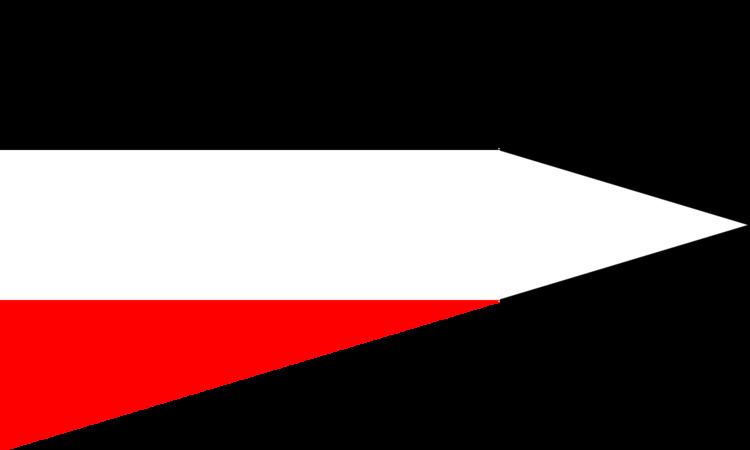Active pre-1914–19 | Country German Empire Type Cavalry | |
 | ||
Size Approximately 5,000 (on mobilisation) | ||
The Guards Cavalry Division (Garde-Kavallerie-Division) was a unit of the German army that was stationed in Berlin. The division was a part of the Guards Corps (Gardekorps).
Contents
Pre-war Order of Battle
Before the outbreak of war, the component units of the division were:
Combat chronicle
The division was initially assigned to I Cavalry Corps, which preceded the 3rd Army on the Western Front. It served on the Western Front until December 1914, then undertook frontier guard duties against Holland until 30 June 1915, when it relocated to Russia. From 16 March 1918 to 9 April 1918, it was dismounted, re-formed and trained on the Zossen troop training ground. Thereafter, it served as the Guard Cavalry Schützen Division on the Western Front. It was in Artois until May 1918, then Champagne / Aisne. By the end of the war, it was serving under VI Reserve Corps, 1st Army, Heeresgruppe Deutscher Kronprinz on the Western Front.
A more detailed combat chronicle can be found at the German-language version of this article.
Order of Battle on mobilisation
Upon the outbreak of war, the 4th Guards Cavalry Brigade was dissolved and its component regiments were assigned as divisional cavalry to the 1st Guards Infantry Division (Life Guard Hussars) and 2nd Guards Infantry Division (2nd Guard Uhlans). With the addition of support units, the Division's structure was:
See: Table of Organisation and Equipment
Guard Cavalry Schützen Division
The Guard Cavalry Division was extensively reorganised in the course of the war, culminating in the conversion to a Cavalry Schützen Division, that is to say, dismounted cavalry. Here, the cavalry brigades were renamed Cavalry Schützen Commands and performed a similar role to that of an infantry regiment command. Likewise, the cavalry regiments became Cavalry Schützen Regiments and allocated the role of an infantry battalion (and their squadrons acted as infantry companies). However, these units were much weaker than normal infantry formations (for example, a Schützen squadron had a strength of just 4 officers and 109 NCOs and other ranks, considerably less than that of an infantry company).
Late World War I organization
Allied Intelligence rated this division as 2nd Class (of 4 classes). Its late war organisation was:
